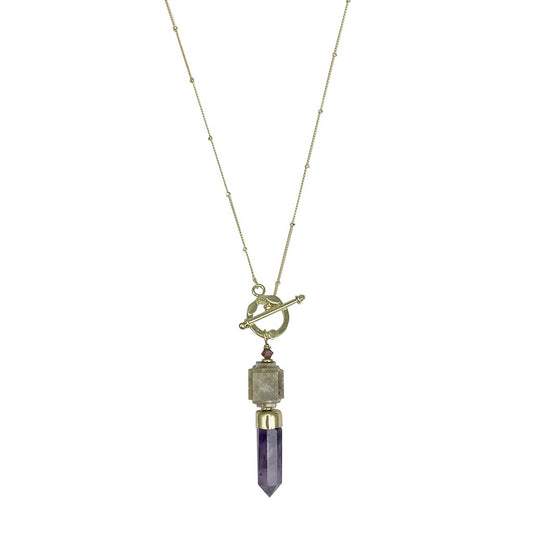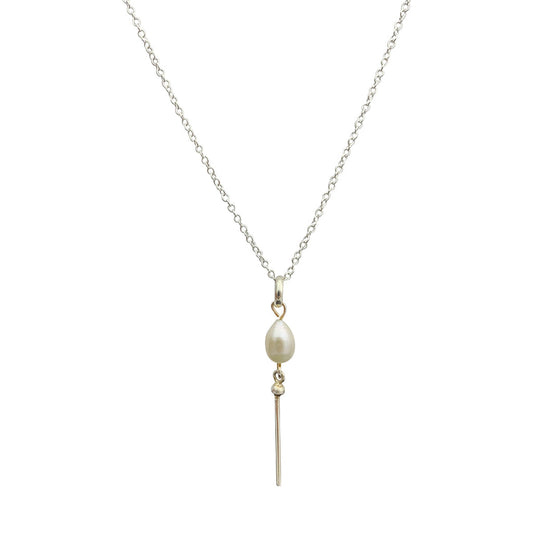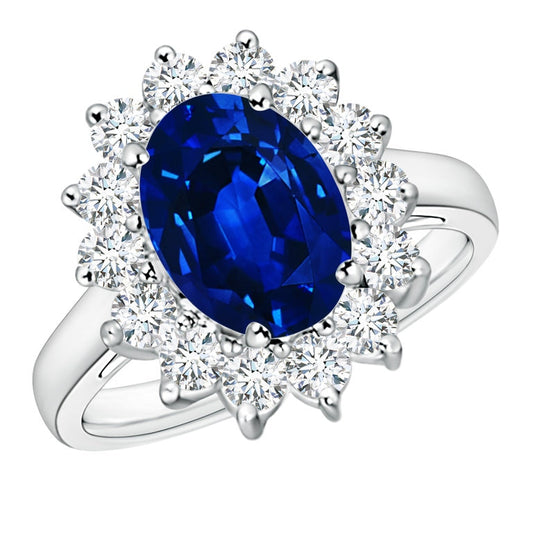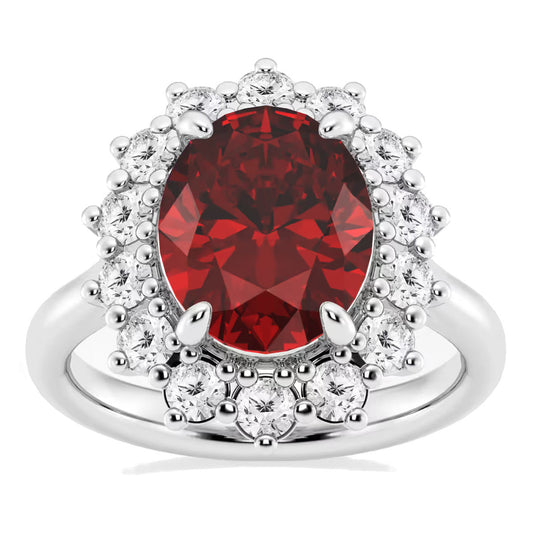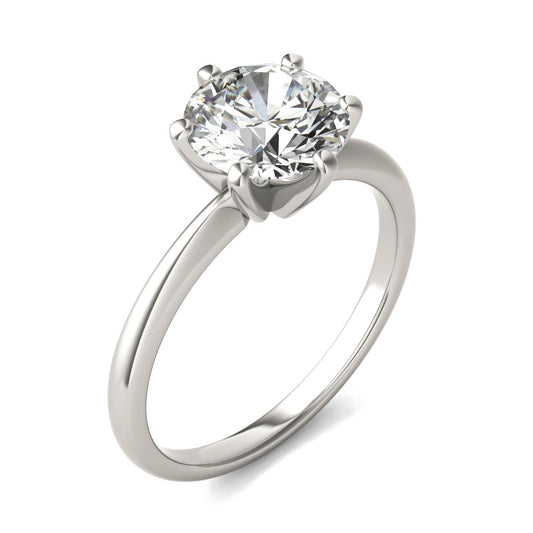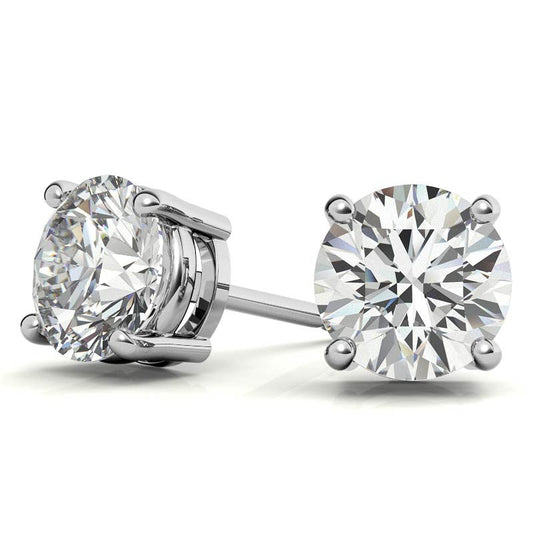
Outstanding service | Exclusive pricing | Industry expertise
Proven bestsellers
-
Pickleball Dainty Necklace
Vendor:DC-Ellison+YoungRegular price $25.25 USDRegular price -
Amethyst Lariat Necklace
Vendor:DC-SLATE + SALTRegular price $52.00 USDRegular price -
Amethyst Ball Ring
Vendor:DC-SLATE + SALTRegular price $66.00 USDRegular price -
Freshwater Pearl Bar Necklace
Vendor:DC-SLATE + SALTRegular price $50.00 USDRegular price -
Princess Diana Inspired 3.00CTW AGI Certified G/VS Lab-Grown Sapphire and Diamond Halo Ring in 14K White Gold
Vendor:DC-VossaginRegular price $2,800.00 USDRegular price -
AGI Certified 3CTW Oval Lab Ruby Princess Diana Ring With Lab Diamond Halo in Choice of 14K White or Yellow Gold - 9x7mm
Vendor:DC-VossaginRegular price $2,699.00 USDRegular price -
AGI Certified 3 CTW Lab Grown Diamond Solitaire Engagement Ring – Round, Asscher, Emerald, or Princess Cut – G-VS Clarity, 14K White Gold
Vendor:DC-VossaginRegular price From $2,999.00 USDRegular price -
AGI Certified 2.00 CTW Lab Grown Diamond (G/VS) Stud Earrings in 14K Yellow or White Gold
Vendor:DC-VossaginRegular price $1,799.99 USDRegular price -
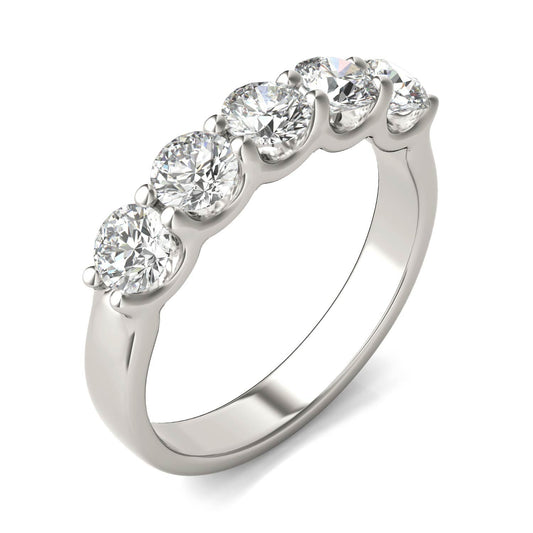
AGI Certified 1 1/4 CTW Round Lab Grown Diamond (G/VS) Five Stone Anniversary Band in 14K White Gold
Vendor:DC-VossaginRegular price $1,200.00 USDRegular price -
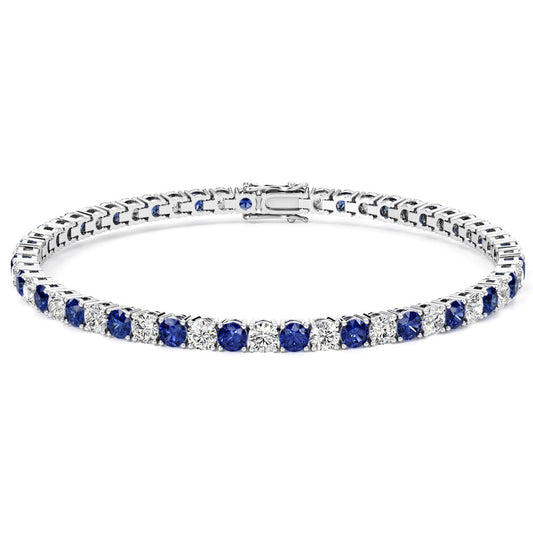
7.50 CTW AGI Certified Lab Created Blue Sapphire & Diamond Tennis Bracelet in 14K White Gold Overlay
Vendor:DC-VossaginRegular price $1,999.00 USDRegular price
For the unknowing
-
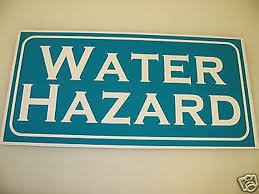
General Rule
You should not get in the water with precious jewelry due to the risk of loss, corrosion from chemicals and salt, and irreversible damage to softer metals and gemstones. Cold water and activities like swimming also make it easier for rings to slip off your fingers unnoticed.
-
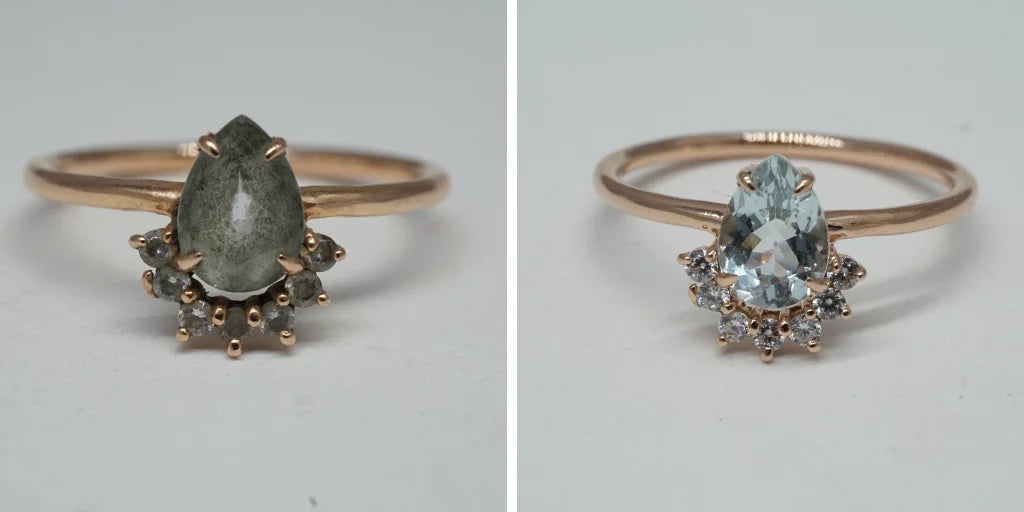
Reason for Tarnishing metals
Metals tarnish because of chemical reactions between their surfaces and environmental elements like oxygen, sulfur (especially in air or from chemicals), and moisture, forming a discolored surface layer. Common factors accelerating this corrosion, or tarnish, include contact with skin oils, lotions, perfumes, sweat, and improper storage in humid or open conditions. The specific compounds that form, like silver sulfide or copper carbonate, depend on the metal and the reacting elements.
-
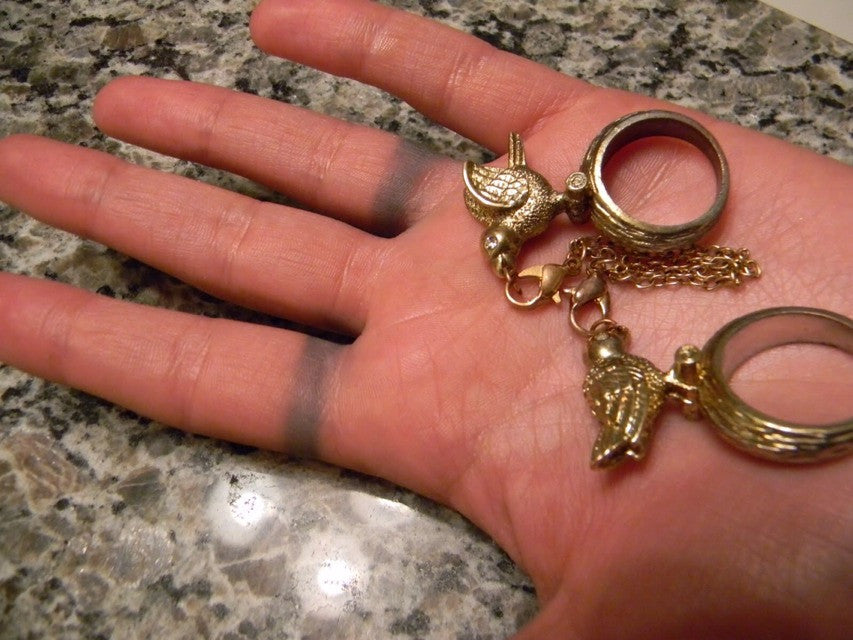
What leads to discoloration of metal on Skin
Jewelry changes skin color due to chemical reactions between the metals in the jewelry and substances on your skin, like sweat, lotions, or cosmetics. For example, copper alloys can oxidize to form a green stain, while high concentrations of sulfur compounds can react with metals like silver, creating black tarnish that rubs off on the skin. This discoloration is typically harmless and can often be prevented by keeping jewelry clean, removing it during activities that involve moisture or chemicals, and ensuring a proper fit.
-

General gold content info for most applications.
Gold is measured in karats, a scale where 24K is pure gold (99.9% gold), and the percentage of gold decreases with lower karat ratings.For example,18K gold is 75% gold, 14K is about 58.3% gold, and 10K is approximately 41.7% gold.The lower the karat, the higher the percentage of alloys, which adds durability but reduces the pure gold content.




